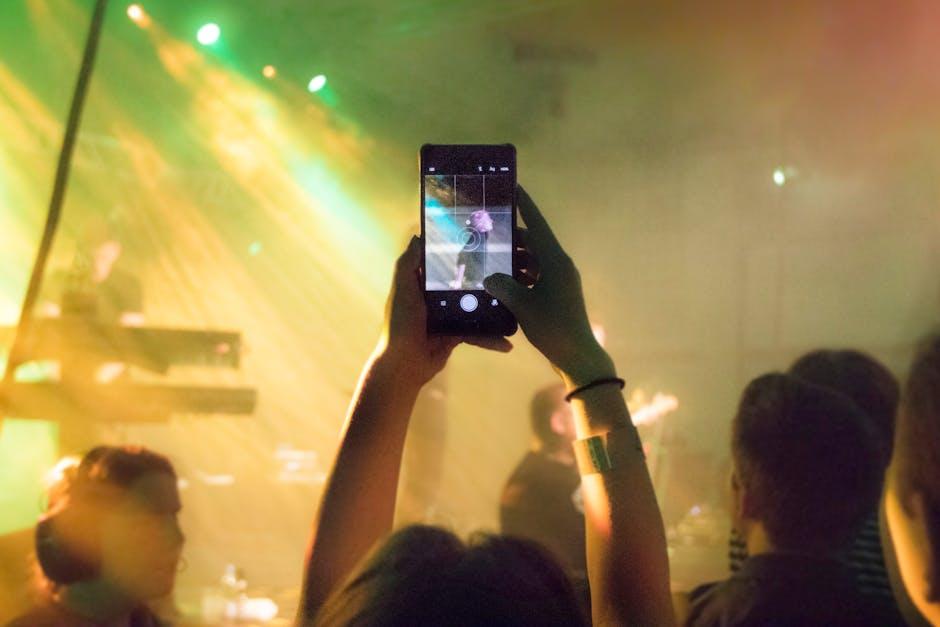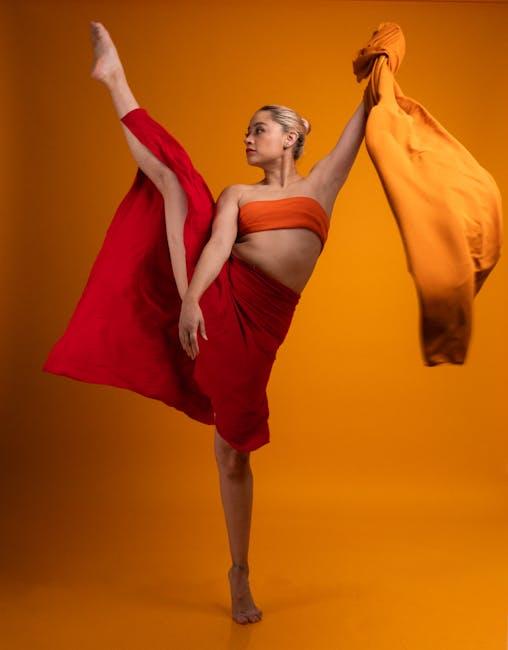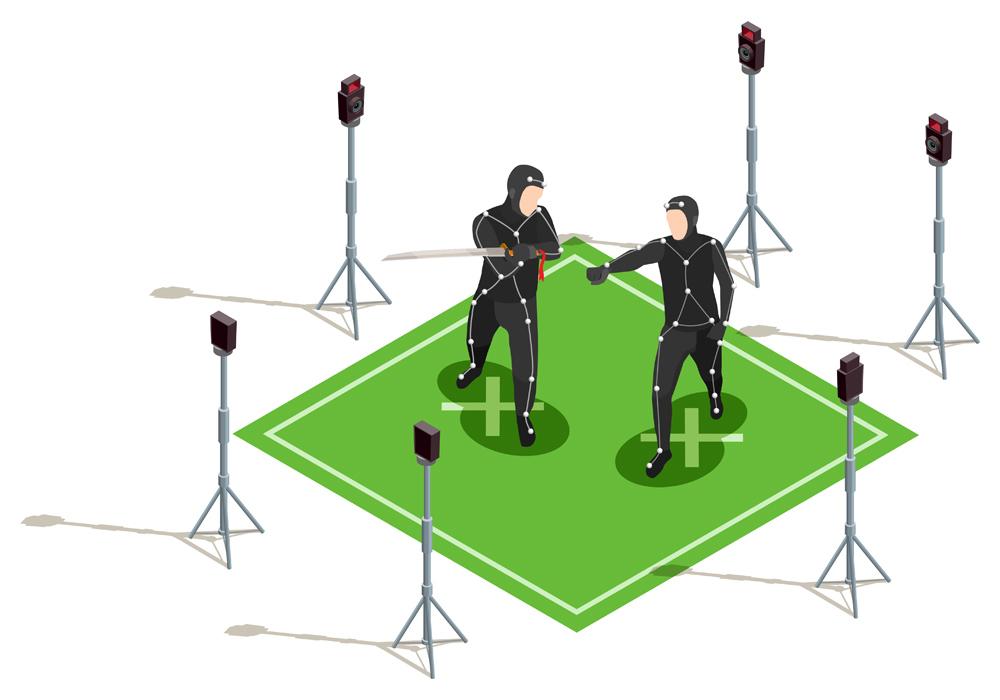In the ever-evolving landscape of film and entertainment, technology continues to push the boundaries of creativity and performance. Among these innovations, motion capture technology stands out, transforming how stories are told and characters are brought to life. But as this digital marvel gains prominence, a thought-provoking question emerges: ? This exploration delves into the intricate dance between pixels and performance, examining whether the art of acting is being reshaped or overshadowed by its digital counterpart. Join us as we navigate the nuances of this debate, where tradition meets technology on the cinematic stage.
Exploring the Intersection of Motion Capture and Classic Acting Techniques
The fusion of motion capture technology with classic acting techniques presents a fascinating landscape where digital innovation meets time-honored artistry. Motion capture allows actors to bring characters to life in ways previously unimaginable, yet it requires a distinct set of skills that complement traditional acting. This technology captures every nuance of an actor’s performance, from subtle facial expressions to intricate body movements, translating them into digital avatars.
- Adaptability: Actors must learn to perform without traditional sets or costumes, relying heavily on imagination.
- Physicality: Enhanced awareness of body language becomes crucial, as every movement is recorded and amplified.
- Collaboration: Working closely with animators and directors to ensure a cohesive final product is essential.
While some may argue that motion capture could overshadow classic techniques, it instead offers a new dimension for actors to explore their craft. By embracing both realms, performers can expand their range, marrying the raw emotional depth of traditional acting with the limitless possibilities of digital technology.
The Art of Emotion: Can Digital Tools Enhance or Erode Authenticity?
In an age where digital tools are reshaping the landscape of storytelling, the intersection of technology and emotion is more prominent than ever. Motion capture technology, with its ability to translate human movements into digital avatars, offers a new dimension to performance art. But does it enhance or erode the authenticity that traditional acting embodies?
- Enhanced Expression: Motion capture allows actors to transcend physical limitations, portraying characters and creatures that would be impossible in a live-action setting. This can lead to a richer, more varied emotional palette.
- Challenges to Authenticity: Critics argue that the reliance on digital tools may dilute the raw, visceral connection between actor and audience, as the nuances of facial expressions and subtle gestures can be lost in translation.
Ultimately, the art of emotion in digital performance becomes a dance between innovation and tradition. The question remains: can the digital truly replicate the profound authenticity of a live performance, or does it create a new, distinct form of expression altogether?

Navigating the Shift: Bridging Traditional Skills with Technological Innovation
The integration of motion capture technology in the entertainment industry presents a fascinating intersection between age-old acting skills and cutting-edge innovation. Traditional acting, with its emphasis on physical presence and emotional nuance, remains the foundation upon which performances are built. However, motion capture introduces a new dimension, allowing actors to inhabit fantastical worlds and characters that would be impossible to portray otherwise.
Instead of undermining traditional skills, motion capture complements them, demanding a unique blend of abilities. Actors must still draw on their core competencies, such as:
- Emotional Expression: Conveying emotions through facial expressions and voice, even when their physical form is digitally transformed.
- Physicality: Mastering body movements that translate into believable digital performances.
- Adaptability: Adjusting to new technologies and techniques that enhance storytelling.
In this evolving landscape, actors who successfully bridge these realms find themselves at the forefront of a dynamic industry, where tradition and technology coexist harmoniously.

Crafting a Future: Recommendations for Actors Embracing Motion Capture
To thrive in the evolving landscape of performance, actors should consider honing a blend of traditional and digital skills. Embrace the nuances of physicality, as motion capture demands an acute awareness of body language and spatial awareness. This doesn’t replace classical training but complements it, enabling performers to convey emotion and intent through digital avatars.
- Continuous Learning: Engage in workshops and courses that focus on motion capture technology and techniques.
- Versatility: Develop skills in voice acting and improvisation, which are crucial in a mocap setting.
- Networking: Connect with industry professionals and collaborate on projects to gain practical experience.
- Adaptability: Stay informed about the latest advancements in technology and adapt your skills accordingly.
Ultimately, the goal is to integrate these technologies with core acting skills, crafting a future where the actor’s art is enhanced, not overshadowed, by digital innovation.

